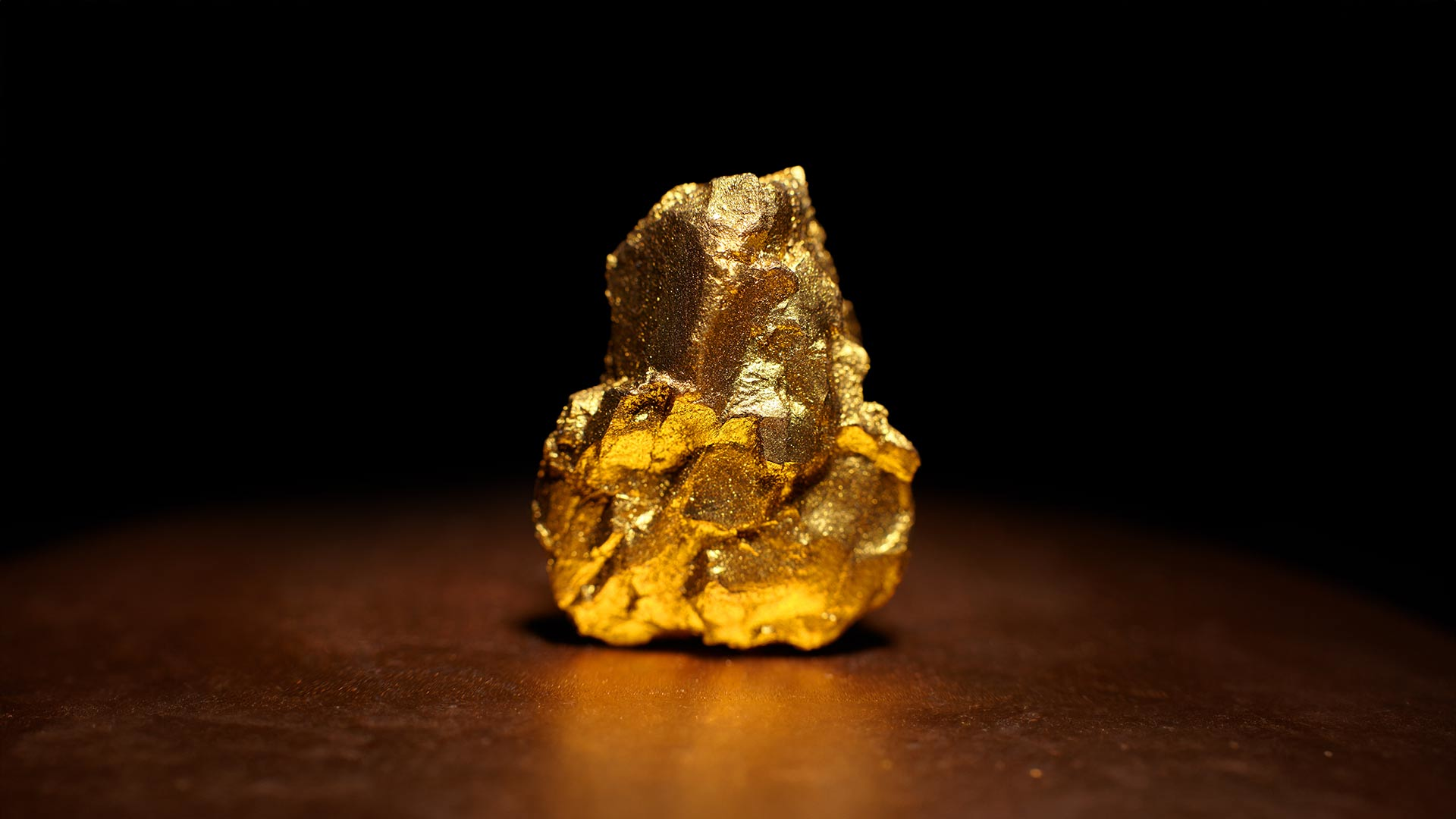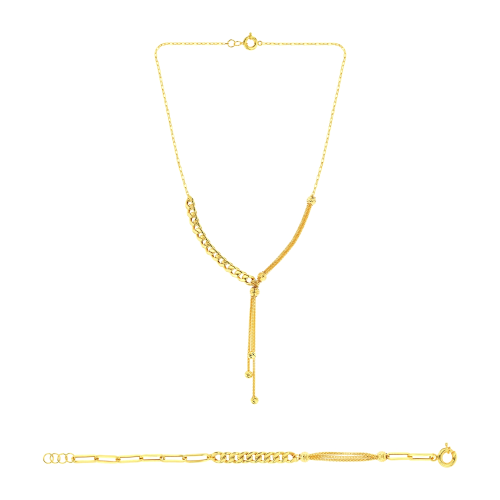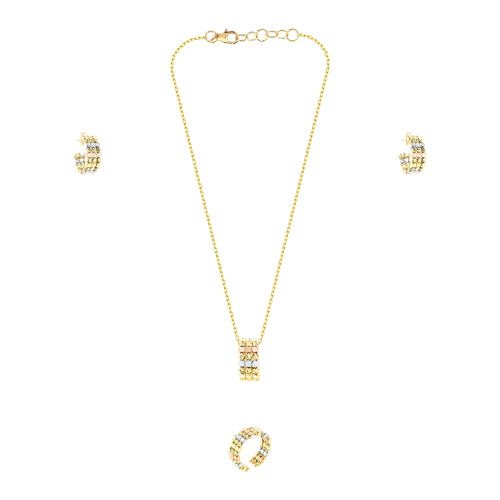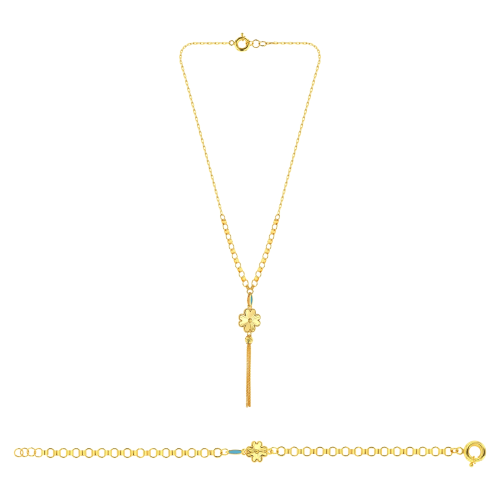The Largest Gold Nuggets Ever Found & Where They Are Now

Gold has captivated humanity for millennia with its lustrous beauty and enduring value. While most gold is mined as dust or small fragments, occasionally nature produces spectacular nuggets that inspire awe and capture our imagination. These massive gold pieces represent geological marvels and have fascinating stories surrounding their discovery and fate. Let's explore some of the most remarkable gold nuggets ever unearthed and trace their journeys to their current locations.
Welcome Stranger: The World's Largest
The crown jewel of gold nuggets remains the "Welcome Stranger," discovered in February 1869 near Moliagul, Victoria, Australia. John Deason and Richard Oates, two Cornish miners, stumbled upon this extraordinary find just inches below the surface while working at the base of a tree. The massive nugget weighed an astonishing 2,520 troy ounces (78.4 kg), measuring approximately 24 inches by 12 inches.
Unfortunately, the Welcome Stranger was too large for the available scales and had to be broken apart on an anvil before being weighed. Within days of its discovery, the nugget was melted down and sent to the Bank of England. While the original nugget no longer exists, replicas can be viewed at the Melbourne Treasury Museum and the City Museum in Ballarat, Australia, allowing visitors to appreciate its remarkable size and significance.
Hand of Faith: American Treasure
The "Hand of Faith" holds the distinction of being the largest gold nugget discovered using a metal detector and the largest still in existence today. Found in 1980 by Kevin Hillier near Wedderburn, Victoria, Australia, this nugget weighs an impressive 875 troy ounces (27.2 kg) and resembles a hand reaching upward – hence its evocative name.
Unlike many other large nuggets that were melted down, the Hand of Faith survived intact. Today, visitors can marvel at this natural wonder at the Golden Nugget Casino in Las Vegas, Nevada, where it has been on display since its purchase shortly after discovery. The nugget's remarkable journey from the Australian outback to the glittering Las Vegas Strip exemplifies the international fascination with these rare treasures.
The Welcome Nugget: Victorian Giant
Discovered in June 1858 at Bakery Hill, Ballarat, Australia, the "Welcome Nugget" was another Victorian-era behemoth, weighing 2,217 troy ounces (69 kg). A group of twenty-two Cornish miners found this magnificent specimen 180 feet below the surface after months of challenging excavation work.
Like many large nuggets of its time, the Welcome Nugget was eventually melted down after being displayed throughout Australia. Before its destruction, it was described as having remarkable crystalline features and exceptional purity. Today, accurate replicas can be viewed in several Australian museums, preserving the memory of this historic find.
The Pepita Canaã (Canaan Nugget): Brazilian Marvel
South America contributed to gold nugget history with the discovery of the "Pepita Canaã" in the Serra Pelada mine in Brazil in 1983. Weighing approximately 1,507 troy ounces (46.8 kg), this remarkable nugget briefly held the title of the largest in existence until the discovery of the Hand of Faith.
The Brazilian government quickly claimed the Pepita Canaã as a national treasure. Today, it is housed in the Banco Central Museum in Brasília, where it stands as a testament to Brazil's rich mineral heritage. Unlike many historic nuggets, visitors can still view this specimen in its natural state, appreciating its unique shape and golden luster.
The Holtermann Nugget: A Controversial Giant
Although technically a gold-bearing quartz specimen rather than a pure gold nugget, the "Holtermann Nugget" deserves mention for its sheer magnitude. Discovered in 1872 at Hill End, New South Wales, Australia, this massive specimen contained an estimated 3,000 troy ounces (93 kg) of gold embedded within quartz.
Bernhardt Holtermann, the mine owner, famously posed for photographs beside the enormous find, creating one of gold mining's most iconic images. Like most large gold discoveries of its era, the Holtermann specimen was crushed and processed to extract its gold content. While the original is gone, the photograph documenting its discovery has become an important historical record, displayed in the State Library of New South Wales.
The RNC Minerals Discoveries: Modern Giants
The gold nugget story continues into modern times. In 2018, miners at RNC Minerals' Beta Hunt mine in Western Australia made an extraordinary discovery: a collection of massive gold specimens within a single cut of rock. The largest two specimens weighed approximately 193 kg and 132 kg, with estimated gold contents of 2,440 and 1,620 troy ounces respectively.
These specimens, nicknamed "King Henry" and "Warren," represent some of the largest gold masses discovered in recent history. Most of these spectacular specimens were sold to collectors and museums, with several major pieces acquired by the Perth Mint for public display, where visitors can appreciate these modern treasures.
The Fate of Great Nuggets
The stories of these magnificent nuggets share a common thread: most historic specimens were ultimately melted down for their gold content. During the 19th century, the scientific and historical value of preserving such specimens was less appreciated than their monetary worth. Today, museums and private collectors recognize the importance of preserving these natural wonders, ensuring that modern discoveries like the Hand of Faith remain intact for future generations to appreciate.
Viewing Historic Nuggets Today
For those fascinated by these golden giants, several institutions around the world house impressive collections:
- The Natural History Museum in London displays several significant nuggets in their minerals collection.
- The Melbourne Museum in Australia features the "Normandy Nugget" (819 troy ounces) and replicas of historic finds.
- The Smithsonian National Museum of Natural History in Washington, D.C. houses several notable specimens.
- The Perth Mint in Western Australia displays both historic and modern nugget discoveries.
These magnificent gold nuggets represent more than just material wealth. They tell stories of human perseverance, luck, and the ongoing relationship between people and the natural treasures of our planet. While many historic specimens have been lost to the melting pot, their legacy endures through replicas, photographs, and the continuing discovery of new golden giants that emerge from the earth to captivate our imagination.
Whether preserved in museums or commemorated through replicas, these extraordinary nuggets remind us of nature's capacity to produce objects of spectacular beauty and value, connecting us to the adventurous spirit of prospectors throughout history who dreamed of making that once-in-a-lifetime discovery.







